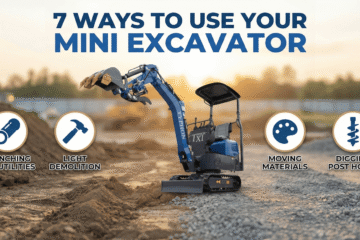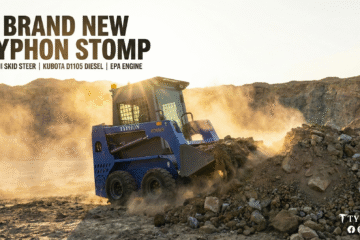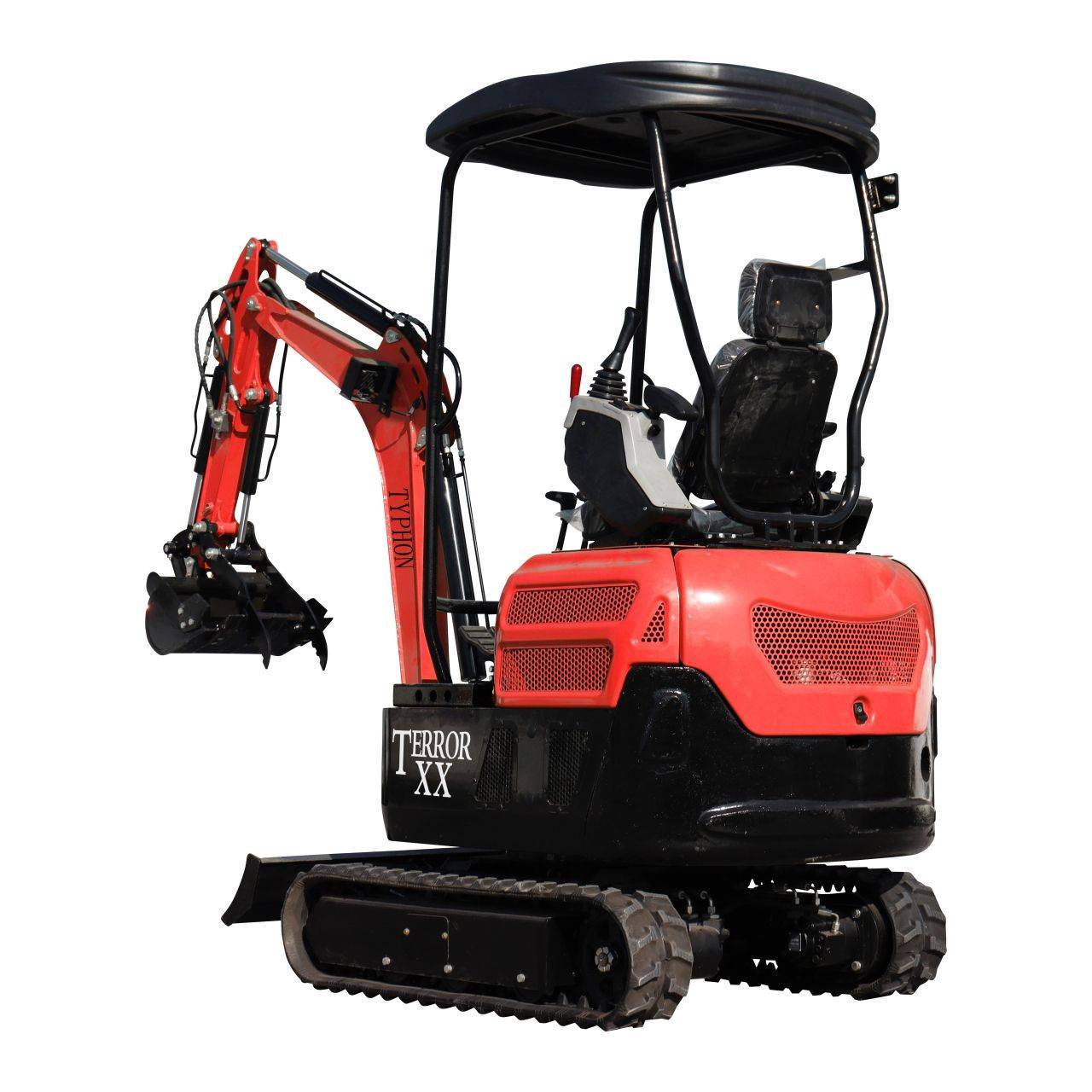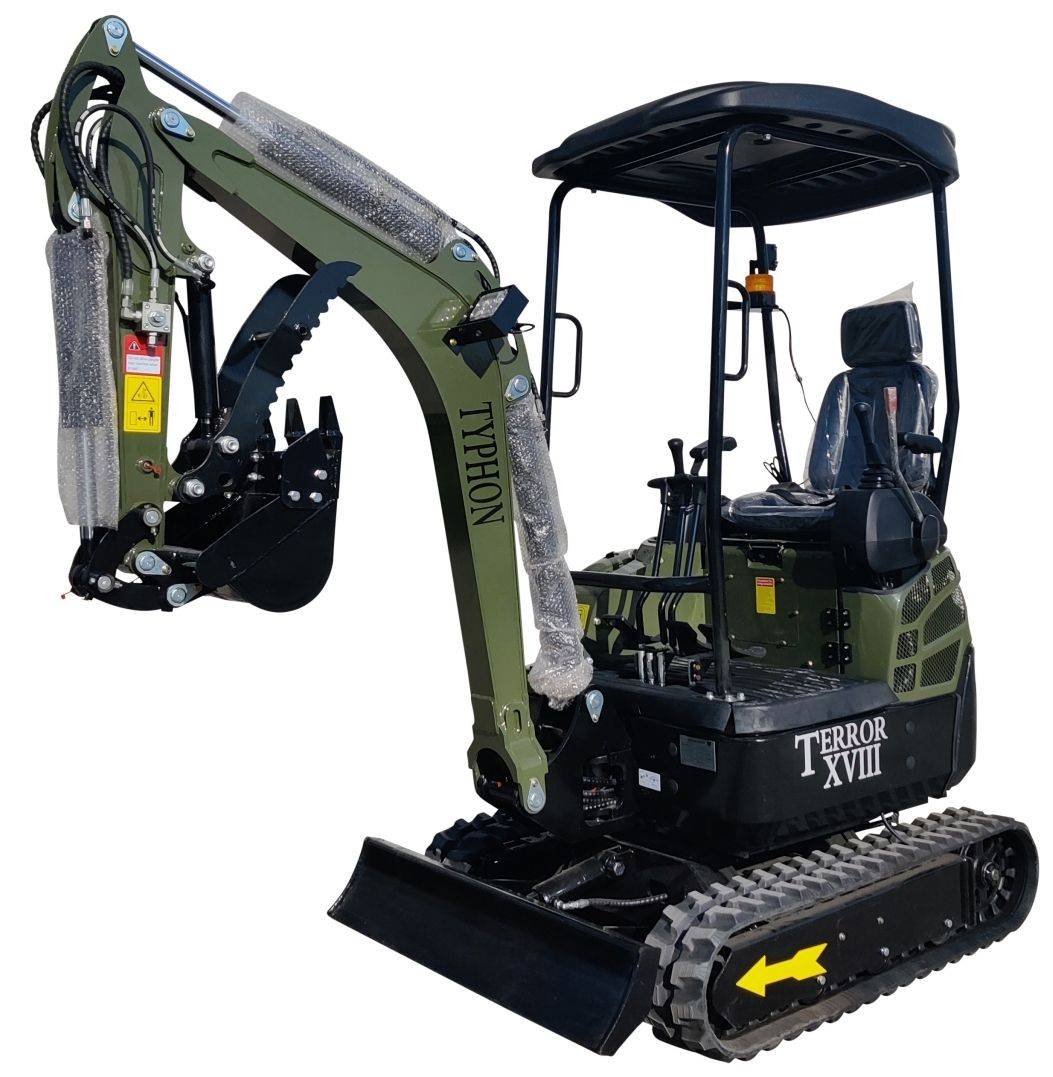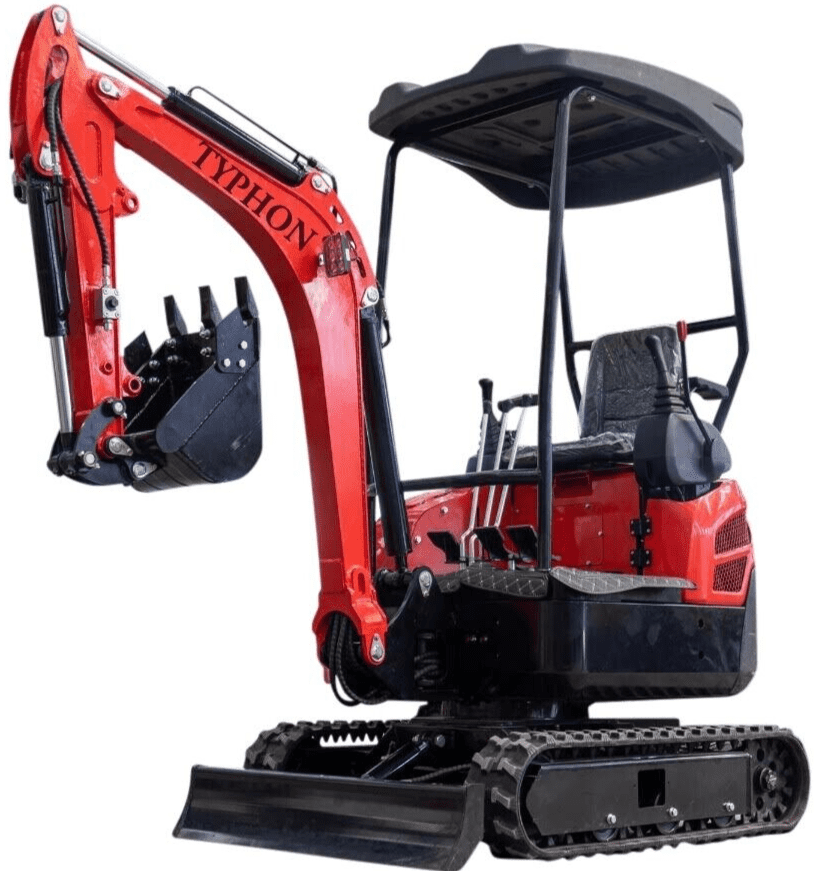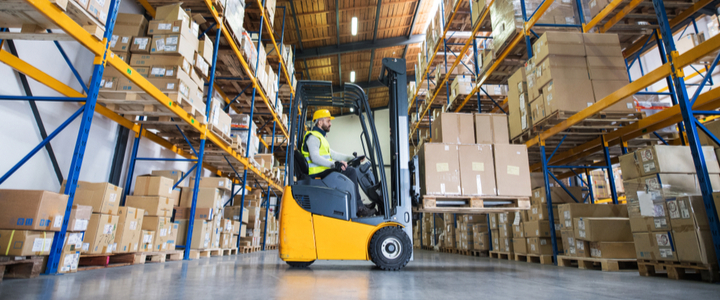
6 Important Forklift Safety Hazards
Forklifts are indispensable in many industrial and construction environments, designed to lift and transport heavy loads with efficiency. However, these powerful machines come with inherent risks. Understanding and mitigating these hazards can prevent accidents and ensure a safer workplace. This guide explores common forklift hazards and provides practical tips for avoiding them.
1. Risks Associated with Forklift Attachments
Forklift attachments, while useful, introduce several safety risks:
- Impact on Operating Clearances: Different attachments can affect a forklift’s operating clearances and capacity. It’s crucial to understand how each attachment alters the machine’s performance.
- Shifting Centre of Gravity: Attachments can shift a forklift’s centre of gravity, reducing its carrying capacity and stability.
- Maintenance Concerns: Poorly maintained attachments, such as worn forks or stretched chains, increase the risk of accidents. Regular inspections and maintenance are vital.
Tip: Familiarize yourself with the safety protocols for each attachment and ensure your forklift is well-maintained. Choose the right attachment for the job to avoid operational issues.
2. Safe Practices for Refueling and Recharging
Refueling and recharging forklifts involve specific safety risks:
- Flammability: Diesel and propane fuels are highly flammable, and battery recharging can generate combustible gases. Avoid smoking near refueling or recharging areas.
- Ventilation: Inadequate ventilation can lead to toxic fumes and increase fire risks.
Tip: Ensure proper ventilation in refueling and recharging areas and follow safety protocols to handle fuels and batteries safely.
3. Navigating Forklifts: Maneuvering and Speed
Improper driving can lead to various dangers:
- Collisions: Drivers may collide with pedestrians or other machinery if not vigilant.
- Obstructed View: Loads can obstruct the driver’s view, making reverse driving necessary. This increases the risk of collisions.
- Speed: High speeds can cause loss of control, especially with heavy loads.
Tip: Drive cautiously, adhere to speed limits, and be aware of your surroundings. Use spotters to help navigate blind spots and ensure safe maneuvering.
Learn More: Backhoe Vs Excavator: Which One to Choose for Construction?
4. Addressing Blind Spots and Visibility Issues
Blind spots can significantly impact forklift safety:
- Obstructed View: Loads can block the operator’s view, increasing the risk of accidents.
- Poor Lighting and Weather: Reduced visibility due to poor lighting or weather conditions can make navigation challenging.
Tip: Learn your forklift’s dimensions, plan your route, and use spotters to manage blind spots. Ensure adequate lighting and clear visibility conditions.
5. Managing Floor Conditions and Terrain
Floor conditions and terrain present their own set of hazards:
- Debris and Puddles: These can cause slips, falls, or overturns. Keep work areas clean and free of obstacles.
- Ramp Safety: Always drive forward when ascending ramps and reverse when descending. Use parking brakes and chocks on inclines.
Tip: Regularly inspect and clear the work area of hazards. Follow safe driving practices on ramps and inclines to prevent accidents.
6. Securing and Handling Loads
Proper load handling is critical for forklift safety:
- Load Stability: Ensure loads are secured and within capacity limits to prevent overturns and spills.
- Handling Hazardous Materials: Extra caution is required when transporting hazardous materials to avoid spills and accidents.
Tip: Double-check load stability and secure materials before moving. Follow safety guidelines for handling hazardous substances.
Learn More: 11 things to consider when buying a skid steer loader
Conclusion
Forklift safety is paramount to preventing accidents and injuries in the workplace. By understanding and addressing common hazards such as attachment risks, refueling safety, maneuvering challenges, blind spots, floor conditions, and load handling, you can create a safer environment for all workers. Regular training and adherence to safety protocols are essential in maintaining a safe working environment. For further guidance on selecting the right forklift for your needs, explore our extensive inventory.

